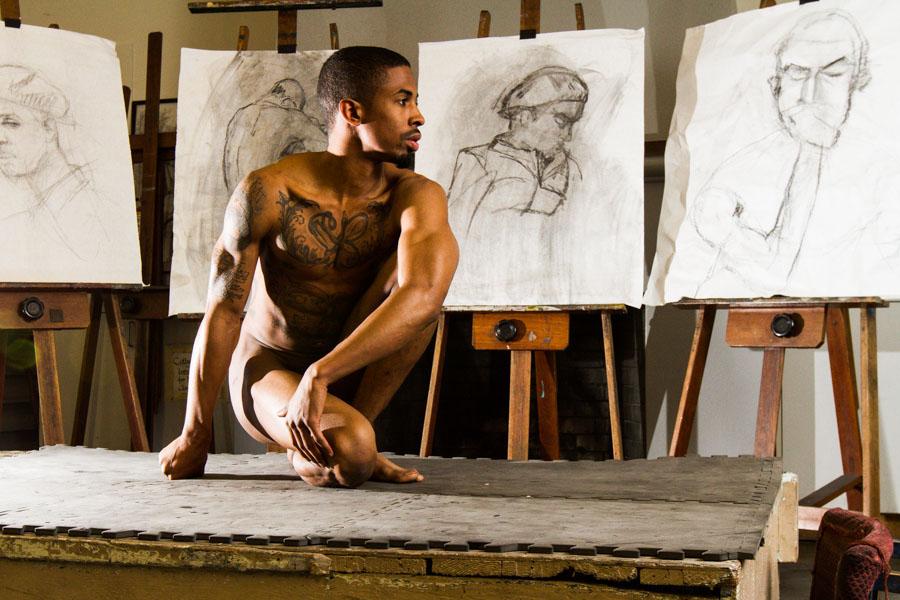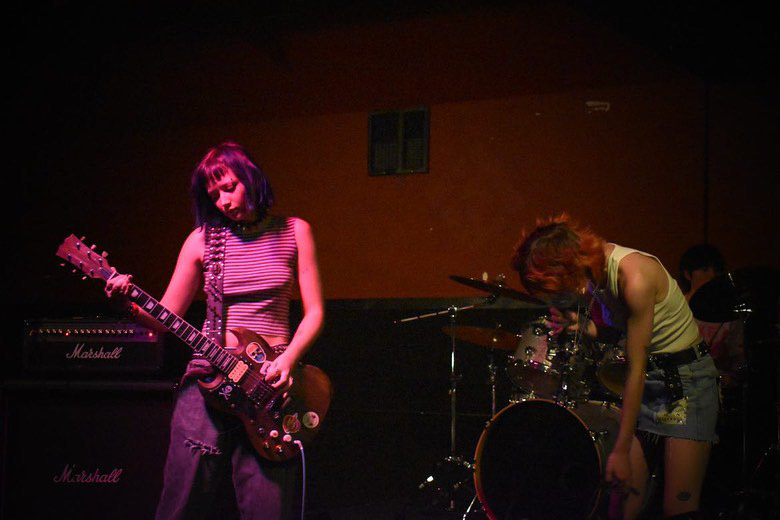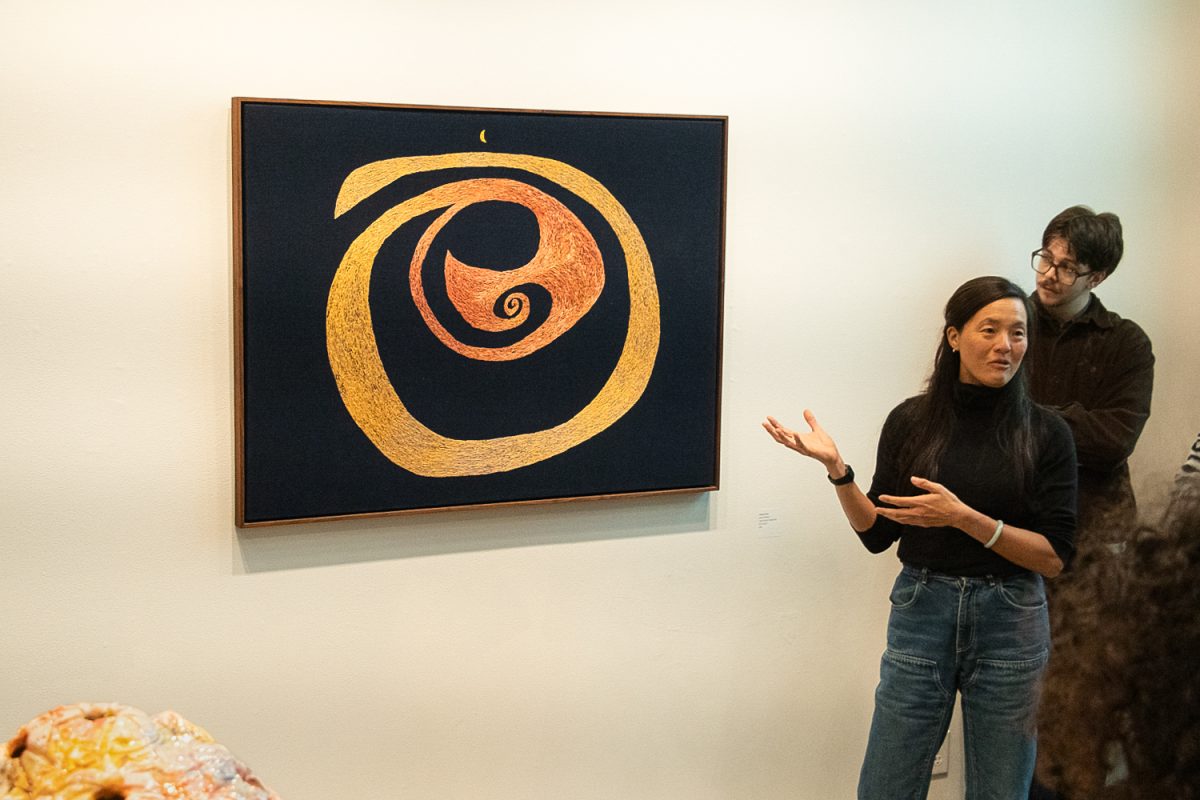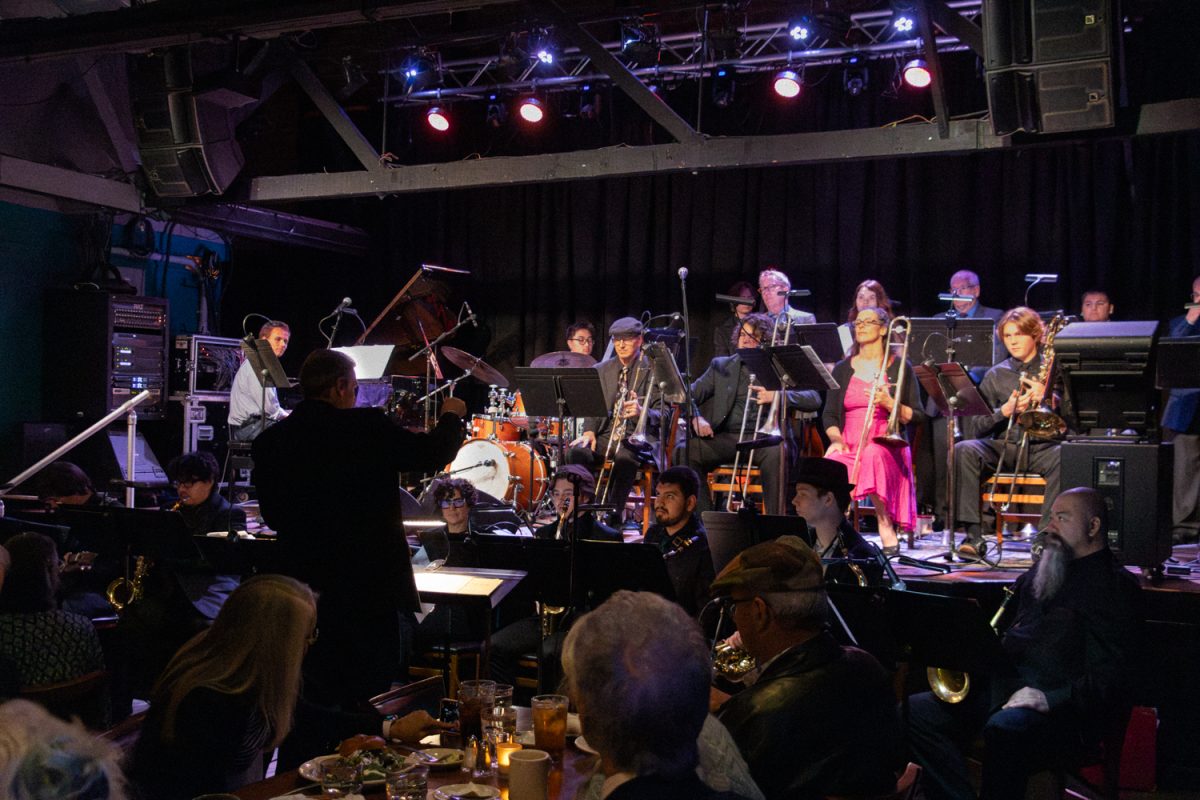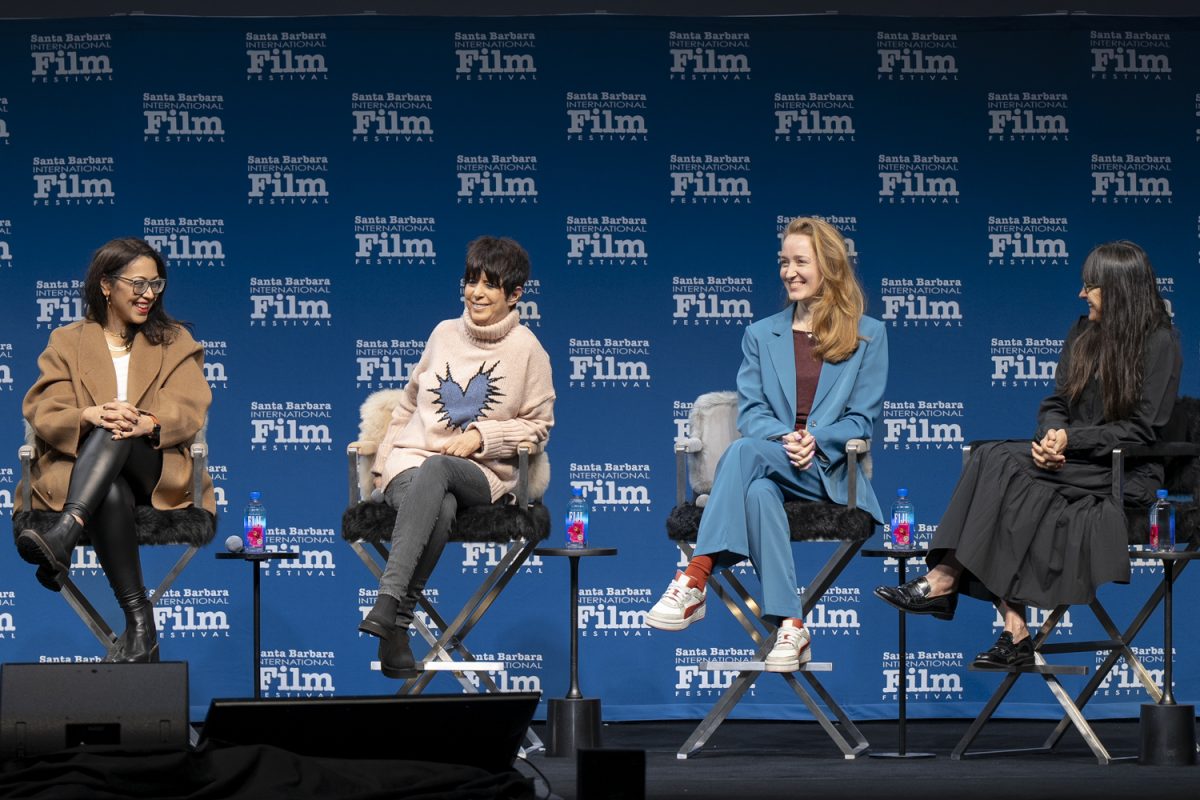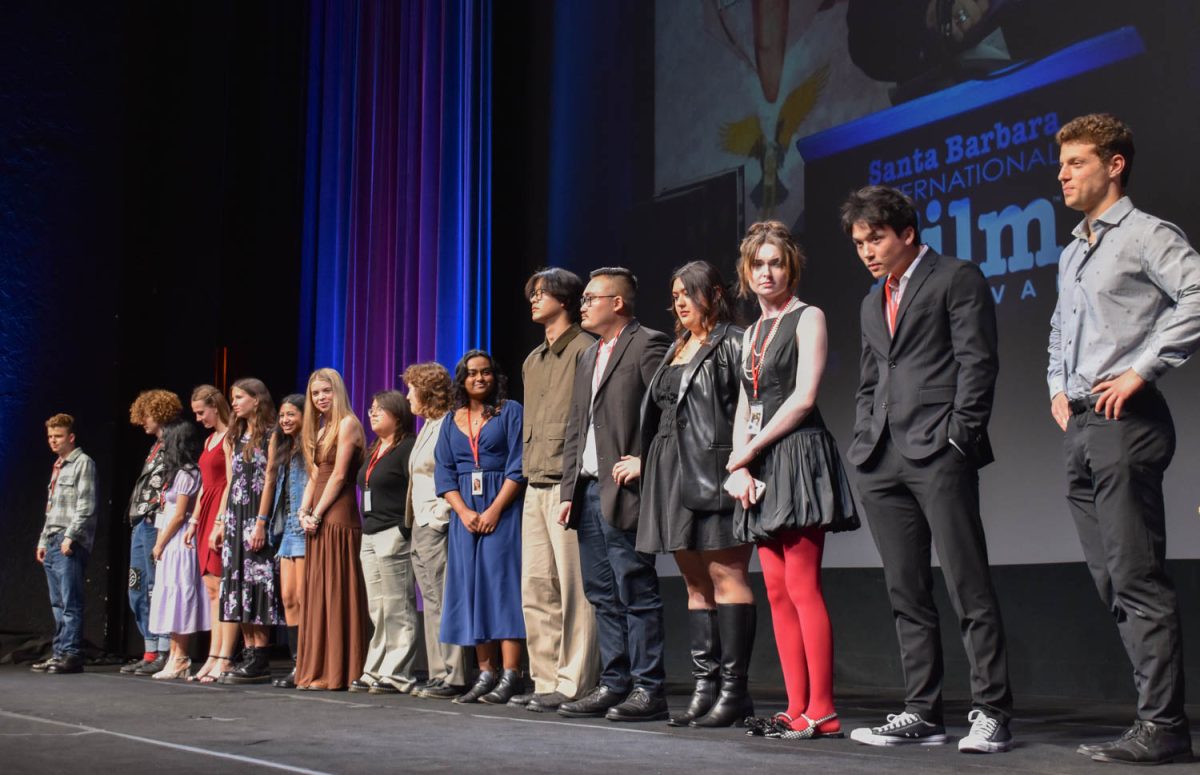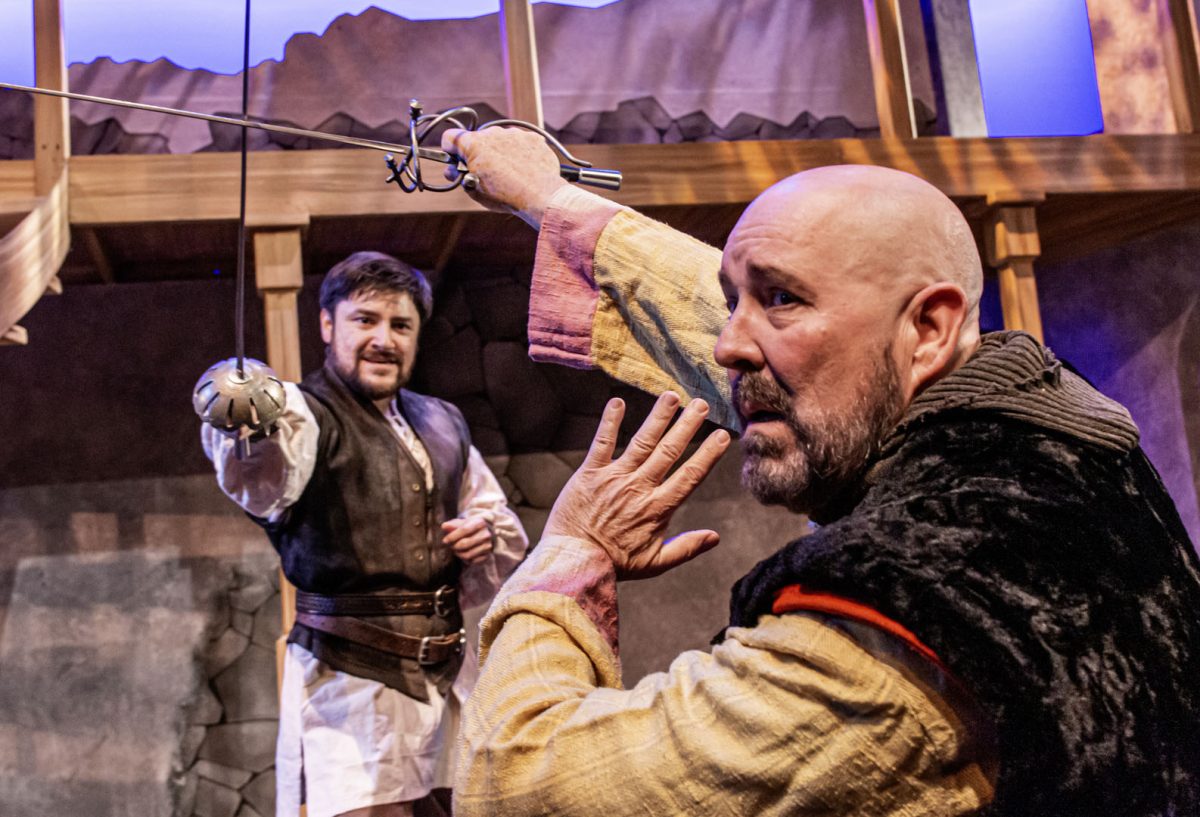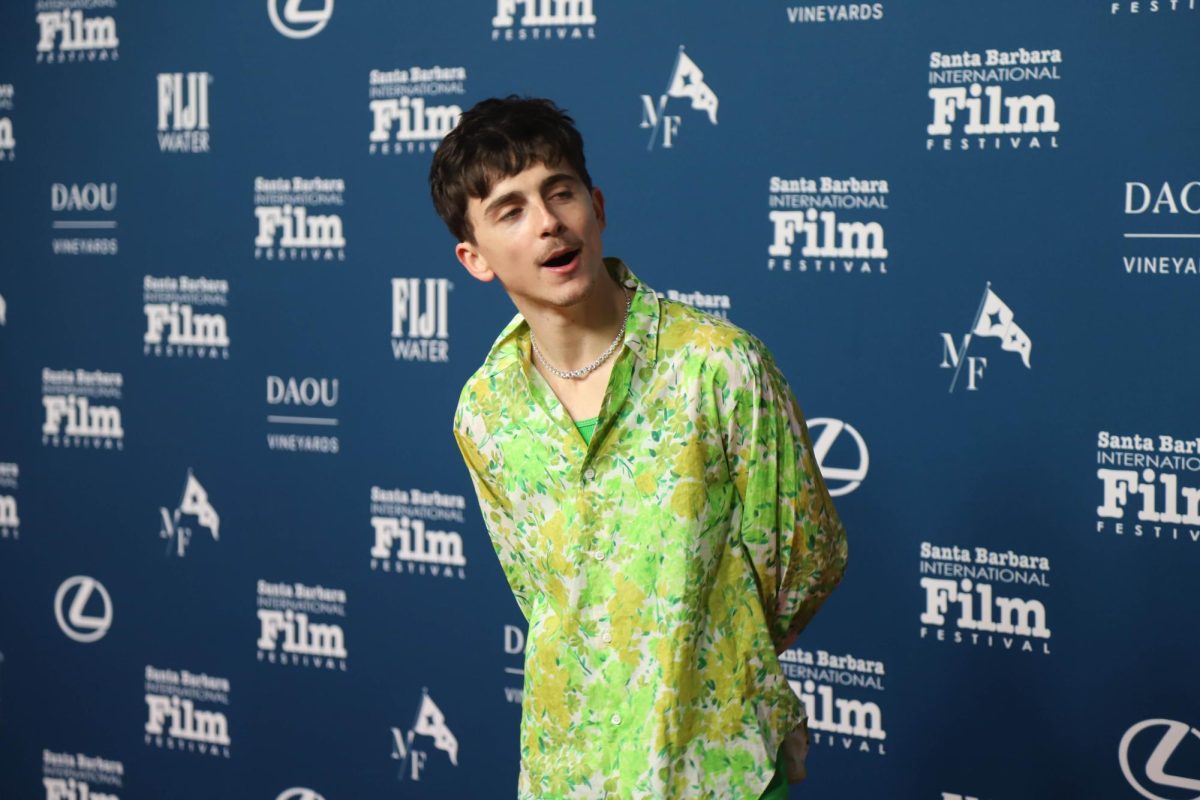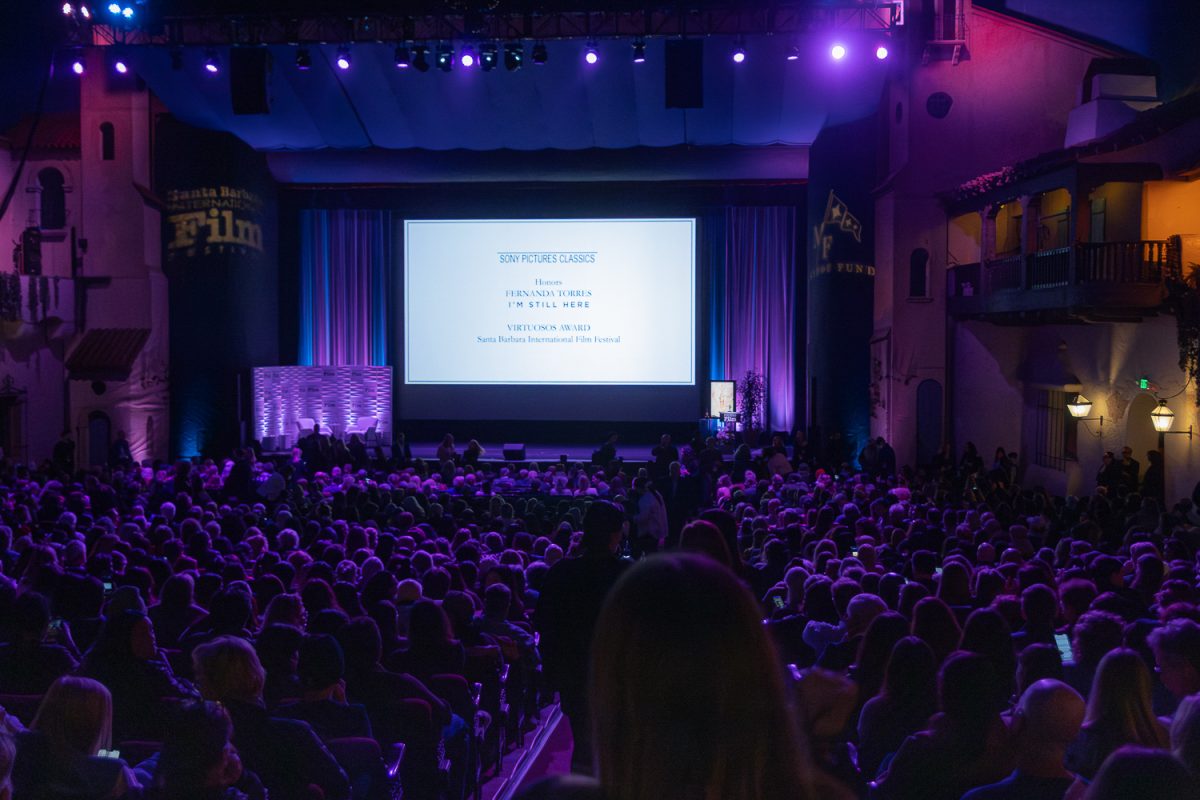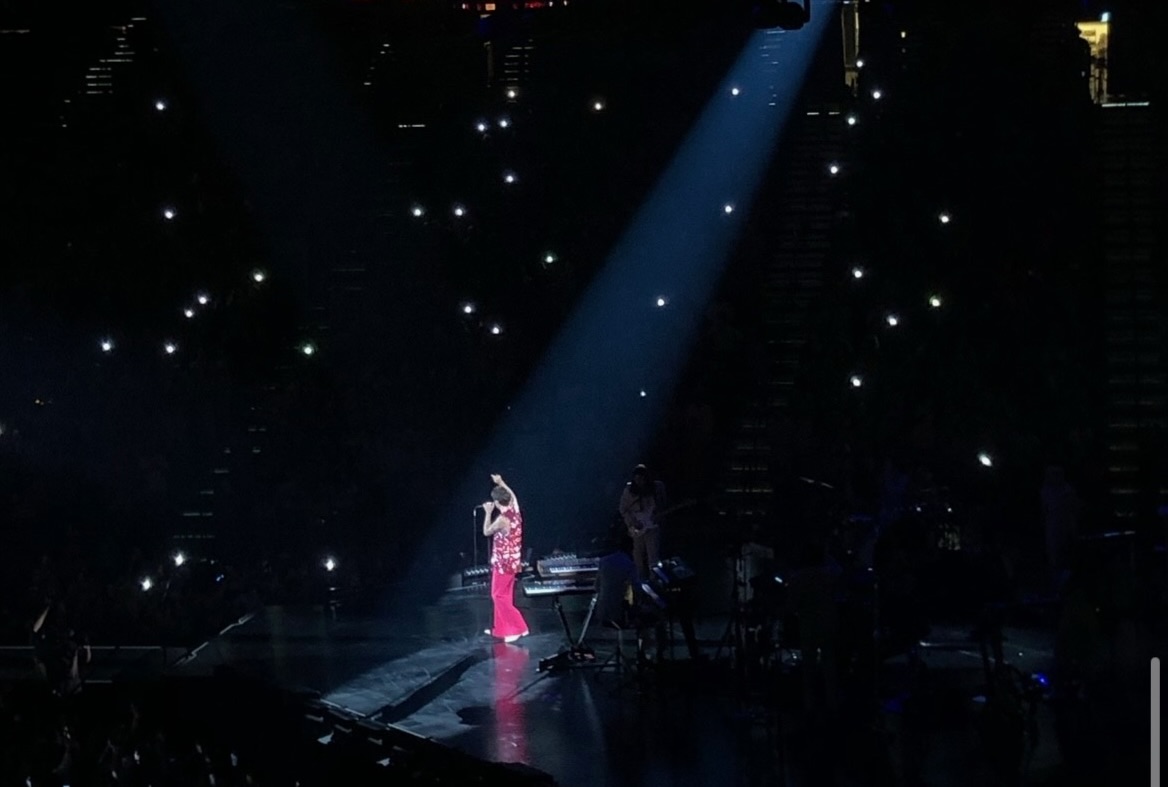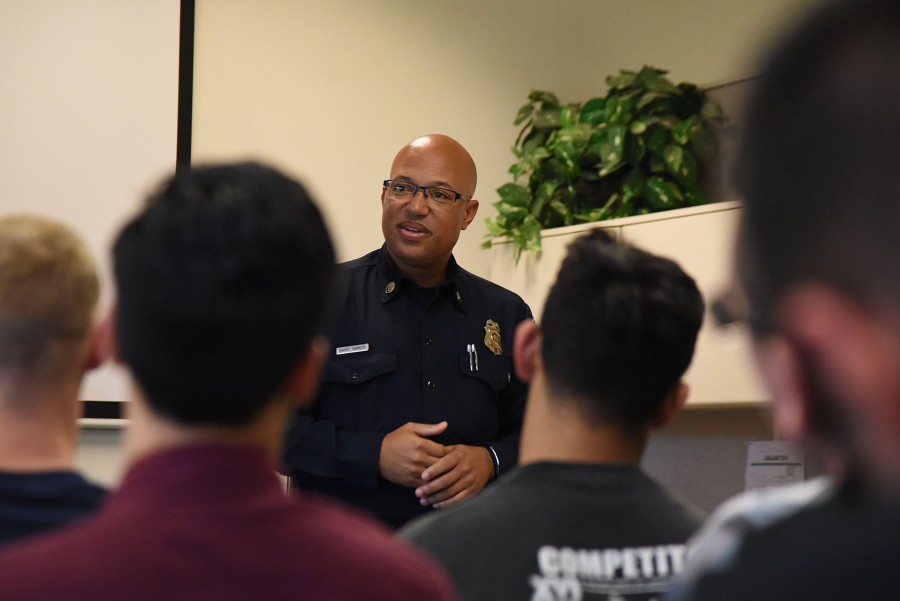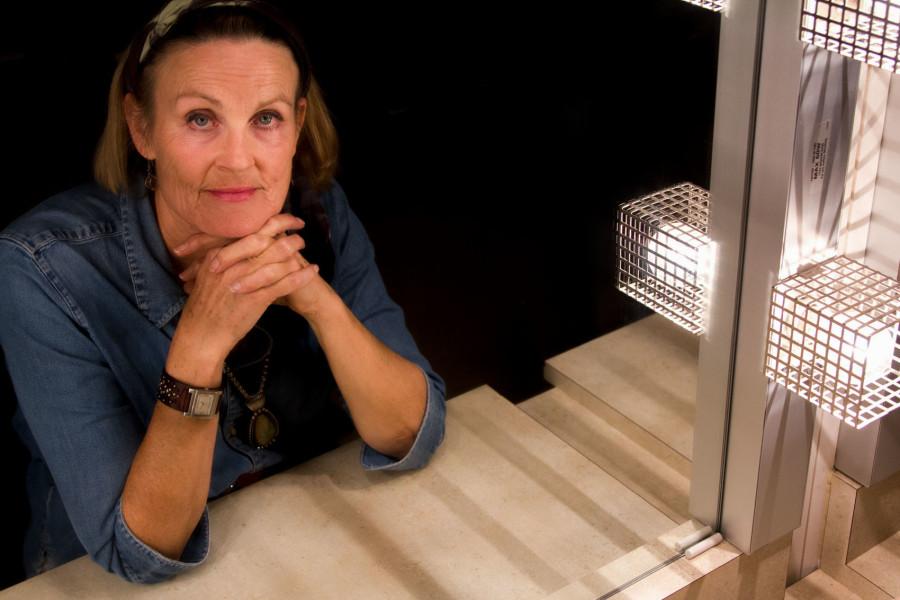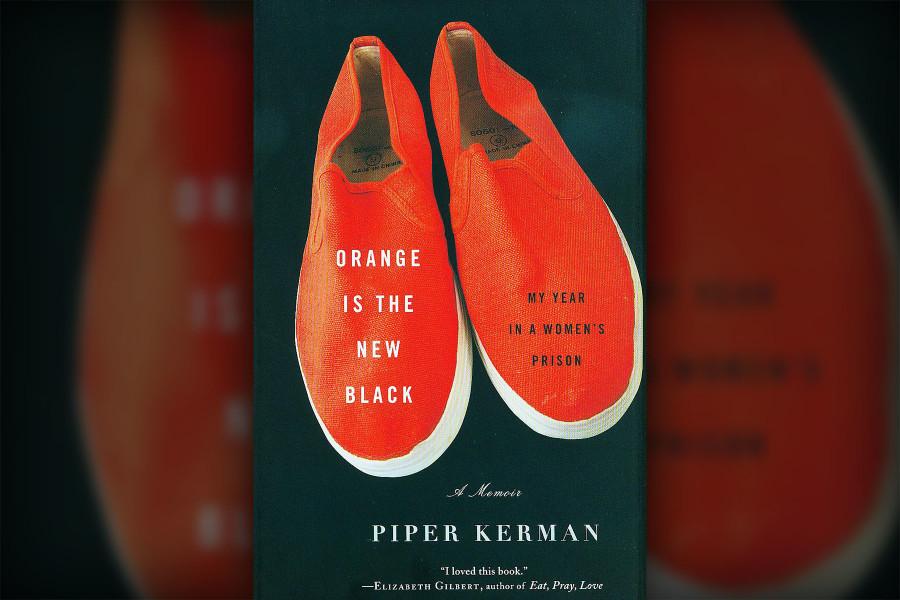A single sneeze is the difference between a masterpiece and a sketch to throw in the trash.
Chaye Tione Alexander, 28, a former cosmetology student at City College, is a nude model who faces the question—“to sneeze or not to sneeze?”—when it comes to staying still before 20 artists.
“This is my way to serve creativity,” Alexander said.
“Since all of my other trades or pursuits in life are in the arts, I thought it would be kind of cool for me to give back to the art community or other creative minds by existing and not have to do anything other than just ‘be.’”
Alexander became a figure-drawing model to fill the “supply and demand.” Male models are scarce. After meeting another model who told him it would be a liberating experience, he decided to give it a shot.
Alexander regularly models at the Schott Center for Lifelong Learning for instructor Valori Fussel. Later this month, he will model for art instructor Brian Campbell’s “Figure and Portrait Drawing” class.
“When you’re modeling you have a lot of time to think…I get to ponder a lot, which is awesome,” Alexander said.
During his first class with Fussel, Alexander had an epiphany when, “I’m Going All the Way,” by The Sounds of Blackness played. This affirmed his decision to become a model.
When he isn’t modeling, Alexander is a hair stylist at Underground Hair Artists on Chapala St. and a rapper at many Santa Barbara music venues.
“At the time I was just open to different sources of income,” he said. “But I didn’t want to just sell myself—whether it be working retail or just slaving away at some random labor job, right?”
At the beginning of a class, he makes short, one-to-two-minute poses, which he calls “gestures.” Then, moves into longer poses—some that can last up to 40 minutes.
“As long as I’m comfortable I can hold a pose,” he said.
Teachers offer to let him adjust during a pose, be he says he doesn’t want to be rude.
“I’ve just learned to say ‘this is going to be uncomfortable’ and it taught me to be vocal.”
When modeling, he presents his body to create a shape that will create shadows or engage muscles so student artists can see his anatomy.
The instructor, Fussel, has been an artist for about 30 years and teaching for almost 25. She said she loves working with Alexander in her home studio and in her classes. She has completed many paintings of him, including a life-sized portrait.
“He’s a wonderful model… a beautiful person,” Fussel said.
“The figure is the foundation of art. It’s the hardest thing—that and portraits. It’s the most difficult and challenging thing and it’s the most rewarding. Almost all of the great art in the world is figuratively based—I mean it’s about us—you’re looking at yourself. You’re looking at your species.”
Alexander has nine tattoos, which students occasionally attempt to recreate in the art.
“My stomach has Japanese wishing dolls, and the characters say ‘patience, perseverance and determination,’” he said. “(They) are lifelong ideals.”
When Alexander sees drawings of himself, it is almost an unreal experience.
“When an artist really captures prominent features, like my nose or my lips, or even just my profile, when I see myself its almost kind of surreal because a blank canvas turns into me,” he said.
To prep for his sessions, Alexander rubs coconut oil on himself to define his muscles. He also listens to music and exercises.
T’ai Chi, martial arts and yoga all bring creativity and presence to his poses.
“I think my poses are often influenced by the things I do in life, especially yoga,” Alexander said.
“It is that constant struggle between wanting to clear your mind and your muscles aching or the pose is starting to bother you…how can you continue to be and just breathe?”
Alecia Mayrock has been a continuing education student for five years at the Schott Center. Mayrock claims she “discovered” Alexander.
“I met Chaye in a salon in Montecito, and he was the most delightful person,” Mayrock said. “I invited him to come to one of Valori’s classes, which he did.”
For Alexander, modeling isn’t a means to an end.
“I know my physical body is going to pass, but here’s a representation of this vessel on paper. And what if that stands the test of time and makes it somewhere will my story be remembered or appreciated. Or will my name even be attached—or will I just be a figure.”
“Those are the kinds of things I think about when I see myself on paper.”


